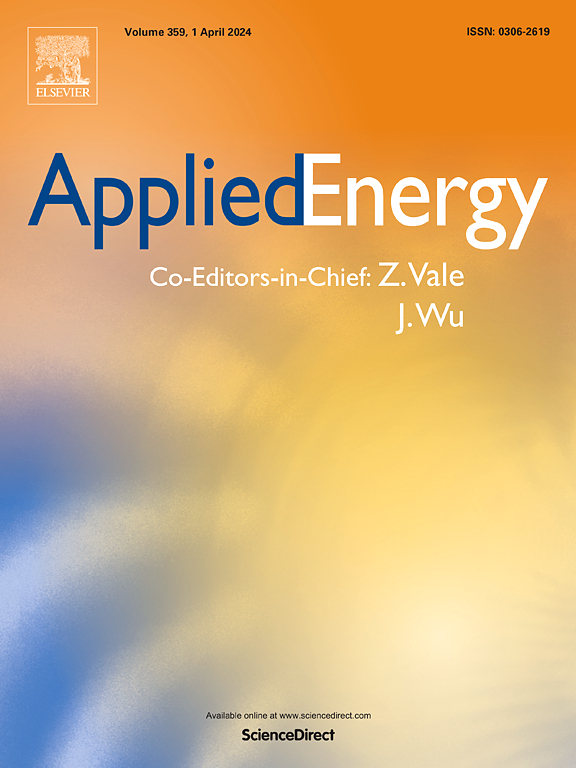Exploring the role of saline water splitting in sustainable energy solutions and hydrogen economy
IF 10.1
1区 工程技术
Q1 ENERGY & FUELS
引用次数: 0
Abstract
The use of seawater for hydrogen production via electrolysis is a significant step toward a sustainable hydrogen economy. Over the past decade, research has highlighted the importance of seawater electrolysis (SWE) in future hydrogen infrastructure. This review emphasizes recent advancements in SWE technology that position hydrogen as a bio-inert energy carrier to support renewable energy integration for climate action and carbon neutrality. The key challenges in saline water splitting (SWS), such as seawater's corrosive effects on catalysts and the competing chlorine and oxygen evolution reactions that reduce efficiency, are critically examined. Advancements in electrocatalysis are summarized as a promising approach to developing efficient and corrosion-resistant catalysts for SWS. Catalysts with exceptional hydrogen evolution coupled with low chlorine evolution activities can significantly enhance the performance and economic potential. Significant challenges in SWS, including catalyst scaling and the presence of chloride ions are elaborated and recent developments to overcome these challenges are briefed along with positioning SWS as a promising and sustainable method for hydrogen production. By addressing the multifaceted technical and economic challenges, coupling SWS with industrial process and renewable energy sources could play a pivotal role in meeting future energy demands sustainably, thereby contributing to global efforts in combating climate change and promoting renewable energy solutions.
求助全文
约1分钟内获得全文
求助全文
来源期刊

Applied Energy
工程技术-工程:化工
CiteScore
21.20
自引率
10.70%
发文量
1830
审稿时长
41 days
期刊介绍:
Applied Energy serves as a platform for sharing innovations, research, development, and demonstrations in energy conversion, conservation, and sustainable energy systems. The journal covers topics such as optimal energy resource use, environmental pollutant mitigation, and energy process analysis. It welcomes original papers, review articles, technical notes, and letters to the editor. Authors are encouraged to submit manuscripts that bridge the gap between research, development, and implementation. The journal addresses a wide spectrum of topics, including fossil and renewable energy technologies, energy economics, and environmental impacts. Applied Energy also explores modeling and forecasting, conservation strategies, and the social and economic implications of energy policies, including climate change mitigation. It is complemented by the open-access journal Advances in Applied Energy.
 求助内容:
求助内容: 应助结果提醒方式:
应助结果提醒方式:


